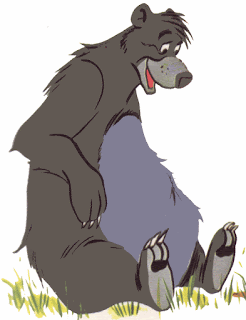Skip to main content
Reading Notes: Philippines Part B
- The Hummingbird and the Carabao by Dean S. Fansler (1921)
- I like how this story starts our setting up the scene and the characters. The conflict comes later. I like how the two animals start out friendly and greet each other. Interesting to think about these two animals talking considering their differences. The dialogue starts out friendly but I like the transition to a competitive tone. While the carabao would obviously win the challenge in a fair environment, the hummingbird outsmarts the carabao by being aware of what will happen to the river (the tide changing). This reminds me of the rabbit and the turtle race story. In which the rabbit in his arrogance takes a nap knowing that he'd win, but then sleeps too long and the turtle wins. But in this case, it is about intelligence. The carabao knows he'd win so he willingly accepts. The hummingbird knows he can outsmart the carabao by using natural events.
- The moral of the story is similar, do not underestimate your opponent.
- Cuttlefish and Squids by Dean S. Fansler (1921)
- This is an origin-like story in which we find out how the two animals are able to produce a black liquid. I like the paragraph organization. Each paragraph starts out with a time frame, a character shift, or a character focus. I like how the appointments the animals get explain why they have certain features. Crabs for example get their strong forelegs because they were assigned the soldier role.
- From Wikipedia concerning Bathala "According to the indigenous religious beliefs of the Tagalog people, Bathala (sometimes spelled Batala) is the supreme deity who created the universe. A descriptive honorific is often attached to his name, describing him as the Bathalang Maylikha (Bathala the Creator; lit. "Actor of Creation") and as the Bathalang Maykapal (Bathala the Almighty; lit. "Actor of Power")."
- I also looked up what a "Tagalog" is and this is what Wikipedia has to say
- "The Tagalog people (Filipino: Mga Tagalog) are the second largest ethnolinguistic group in the Philippines after the Visayan people, numbering at around 30 million. An Austronesian people, the Tagalog have a well-developed society due to their cultural heartland, Manila, being the capital city of the Philippines. They are native to the Metro Manila and Calabarzon regions of southern Luzon, as well as being the largest group in the provinces of Bulacan, Bataan, Zambales, Nueva Ecija and Aurora in Central Luzon and in the islands of Marinduque and Mindoro in Mimaropa."
- Tagalog People




Comments
Post a Comment